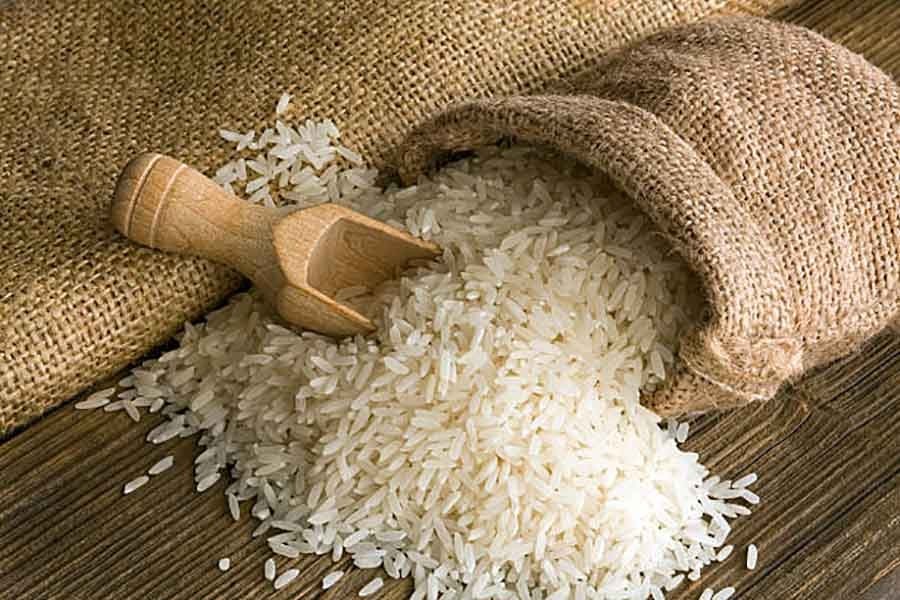The rice market, particularly in the city, is getting jittery. A primary commodity such as rice always maintains price difference between rural and urban settings in the context when its cultivation is enough to feed the nation. This equation can be completely reverse when the staple has to be imported. On both occasions, though, it is the big traders who dictate the terms. In countries where fair play governs the market, the theory of demand-supply works well but in this part of the world the theory is not allowed to operate by a section of traders who try to manipulate it to their advantage. When growers of paddy are incurring losses on account of low prices of the commodity millers who husk paddy into rice and stockists of paddy control the market in order to get the best deal out of it. In fact the millers are mostly stockists as well and they act in league with each other.
The pattern of market manipulation is not quite unfamiliar either. But so powerful is the association -or call it a syndicate -of millers or traders that they can call the shot whenever they consider the time 'propitious'. Everyone including the government can see the irrationality behind recent price hikes of rice or many other commodities but all prove powerless before the artificial engineering of prices. What has happened and is still happening with onion price hikes will go down in the history of market mechanism as a black chapter. True, prices of different varieties of paddy have gone up in the village market too but at this time of a new cultivation season few farmers have stocks for disposal except the amount they will need for their family consumption. The poor and marginal farmers, on the other hand, now have to purchase rice from market. Big traders waited for this opportune moment to raise rice prices.
This has, however, not happened for the first time. In the past when the high-yielding varieties were not cultivated, most villagers had to fall in such a trap as they had to dispose of their produce immediately after harvest at a throw-away price to meet some long postponed demand. Now production has gone up and fewer villagers run short of the staple for the lean period but those who do have to suffer financially. It is a clear case of maldistribution of agricultural lands and food.
If the situation continues, it may backfire. Already farmers, prompted by the continuous low prices of paddy and higher prices of vegetables, fruits and even exotic crops, have been turning to alternative cultivation. The government does not seem to have a long and comprehensive agriculture policy in this regard. Even the data on production of paddy often let the policymakers down. In 2017, the government even planned rice export but then it had to desperately look for market to reimburse the subsequent shortfall. The right policy on paddy cultivation would be to incentivise farmers so that they do not abandon its cultivation in droves. Procurement of paddy during harvest at a reasonable price has to be extensive so that it can act as a buffer stock and benefit the majority of farmers.


